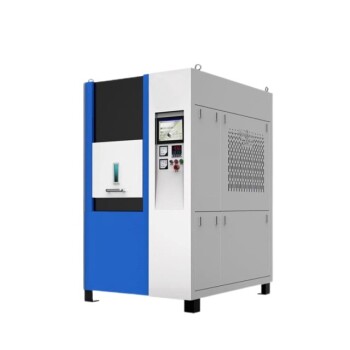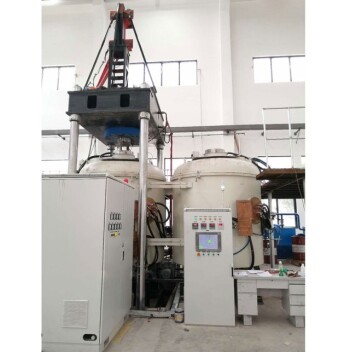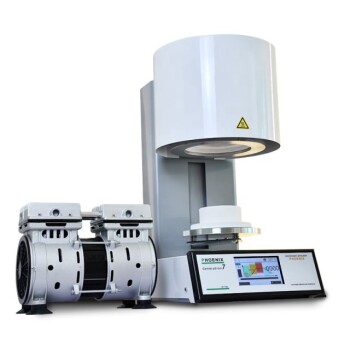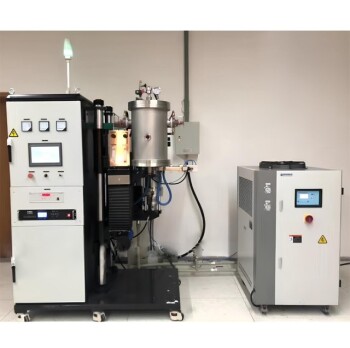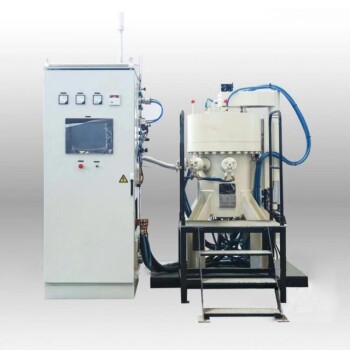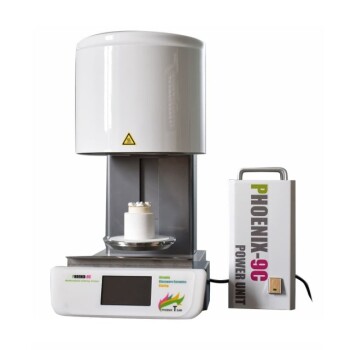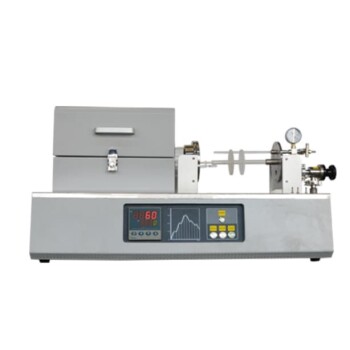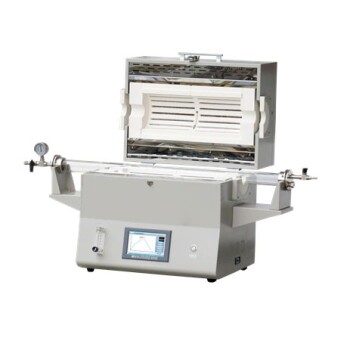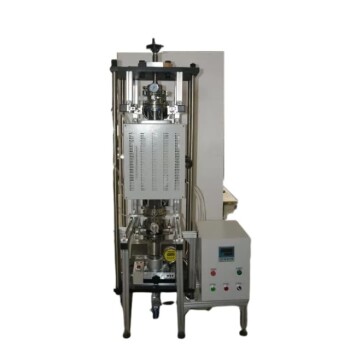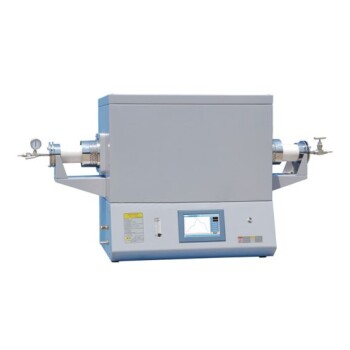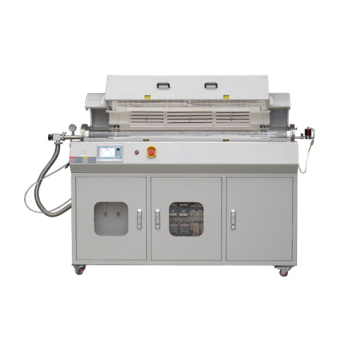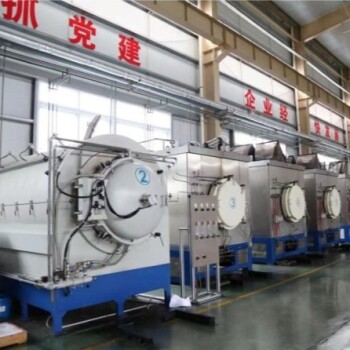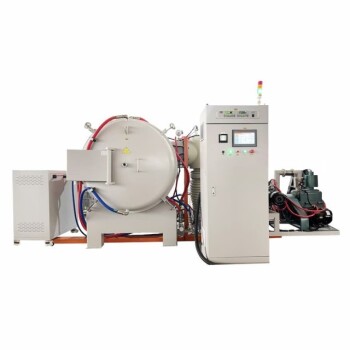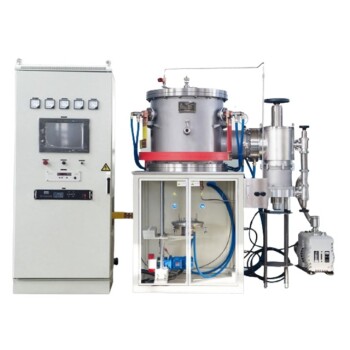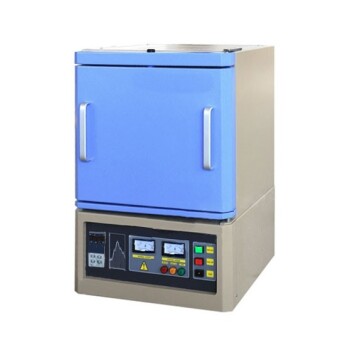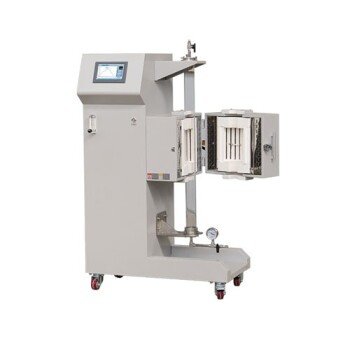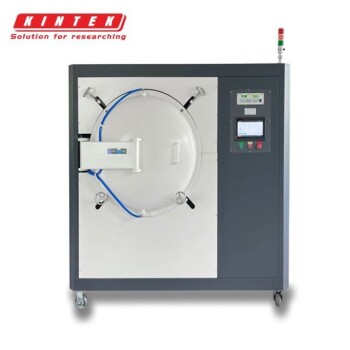先进陶瓷与烧结简介
先进陶瓷的特性与重要性
先进陶瓷材料因其独特的原子键合结构(主要是离子键或共价键)而具有一系列卓越的性能。这些材料表现出高强度和硬度,使其成为需要耐用性和抗机械应力应用的理想选择。此外,它们出色的耐高温性使其能够在极端热条件下保持结构完整性和性能。生物相容性是另一个关键属性,使得这些陶瓷能够用于医疗植入物和其他生物医学应用,而不会引起人体的不良反应。
烧结过程在将陶瓷粉末转化为具有定制性能的多晶材料方面起着至关重要的作用。烧结涉及在热和压力下对陶瓷颗粒进行固结,从而形成致密、连贯的结构。此过程对于优化最终陶瓷产品的机械、热和电性能至关重要。通过仔细控制烧结条件,可以生产出具有特定特性的陶瓷,以适应广泛的工业和技术应用。
| 特性 | 描述 |
|---|---|
| 强度 | 高抗机械应力能力 |
| 硬度 | 高抗变形和磨损能力 |
| 耐高温性 | 在极端温度下保持性能的能力 |
| 生物相容性 | 与生物环境相容,适用于医疗植入物 |
总之,先进陶瓷独特的键合和烧结工艺使其能够在严苛的环境中表现出色,在现代技术和工业中不可或缺。
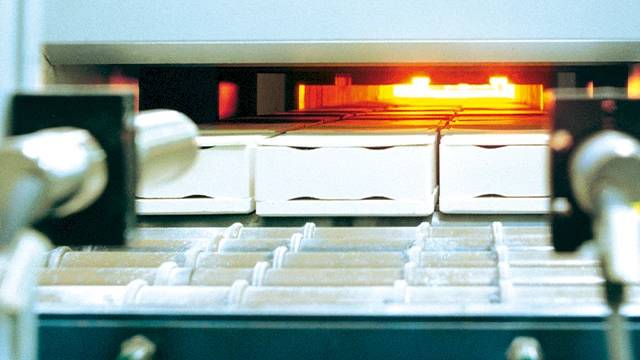
传统烧结的局限性
传统烧结方法主要依赖外部加热和大气压或机械压力,当应用于特定材料体系时,存在一些固有的局限性。主要挑战之一是烧结后所需的耗时冷却过程,这会显著延长整体生产周期。这种延长的冷却时间不仅增加了完成产品所需的时间,还增加了维持严格尺寸公差的难度,而尺寸公差是确保最终组件精度和可靠性的关键因素。
此外,烧结后需要额外的加工进一步加剧了这些挑战。为了达到所需的尺寸精度和表面光洁度,通常需要进行此额外步骤,这增加了生产过程的复杂性和成本。初始成型过程本身必须经过精心控制,以确保一致性和可重复性,因为粉末一致性的任何变化都可能导致收缩率或整体组件性能的改变,从而影响最终产品的性能。
生产启动成本高是另一个显著的限制。建立烧结炉所需的大量投资可能成为许多制造商的进入壁垒,特别是当产品需求不足以证明其合理性时。此外,生产过程中的工艺变化可能导致零件强度不足和性能不稳定,这凸显了在整个烧结过程中精确控制的极端必要性。
总之,虽然传统烧结方法已被广泛使用,但它们在时间、精度、成本和工艺控制方面的局限性突显了对更先进、更高效烧结技术的需求。
新兴的快速烧结技术
自蔓延高温合成 (SHS)
自蔓延高温合成 (SHS),通常称为燃烧合成,是一种利用放热化学反应产生的能量来促进快速材料合成的革命性技术。该方法利用这些反应产生的强烈热量来驱动烧结过程,将陶瓷粉末转化为具有定制性能的致密多晶材料。
SHS 的主要优点之一是它能够在不需要传统烧结方法中常见的长时间外部加热或高压的情况下实现快速致密化。这种效率使得 SHS 在工业应用中尤其具有吸引力,因为在这些应用中,时间和能源节省至关重要。该工艺已成功集成到各种工业生产线中,能够大规模生产质量和性能一致的先进陶瓷材料。
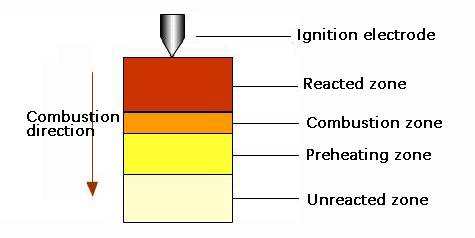
除了独立应用外,SHS 还与其他先进技术相结合,以进一步增强其功能。例如,SHS 粉末合成可以制造高反应性粉末,这些粉末可以更快速地烧结,并更精确地控制最终材料性能。同样,已开发出与 SHS 集成的致密化技术来解决材料固结中的特定挑战,确保所得陶瓷符合现代工业和技术应用的高要求。
SHS 的通用性还体现在其对从简单氧化物到复杂复合材料的广泛陶瓷材料的适应性。这种广泛的适用性,加上其效率和可扩展性,使 SHS 成为先进陶瓷快速烧结技术持续发展中的关键参与者。
微波烧结
微波烧结利用微波电磁场的功率均匀加热陶瓷材料,从而实现低温快速烧结。这项创新技术已应用于一系列材料,包括光纤、铁氧体和超导陶瓷。与依赖外部热源的传统加热方法不同,微波烧结在材料内部产生热量,提供了加热速率更快、能耗降低和产品性能增强等优点。
然而,该过程并非没有挑战。微波烧结通常一次只能处理一个压坯,当需要多个工件时,这会限制整体生产能力。此外,对于高导电性和高磁导率的材料,微波的穿透深度有限,这要求粉末的粒径与这些特定材料的微波穿透深度相似。一些材料可能无法与微波耦合,而另一些材料可能表现出失控行为,导致最终烧结产品性能的差异。
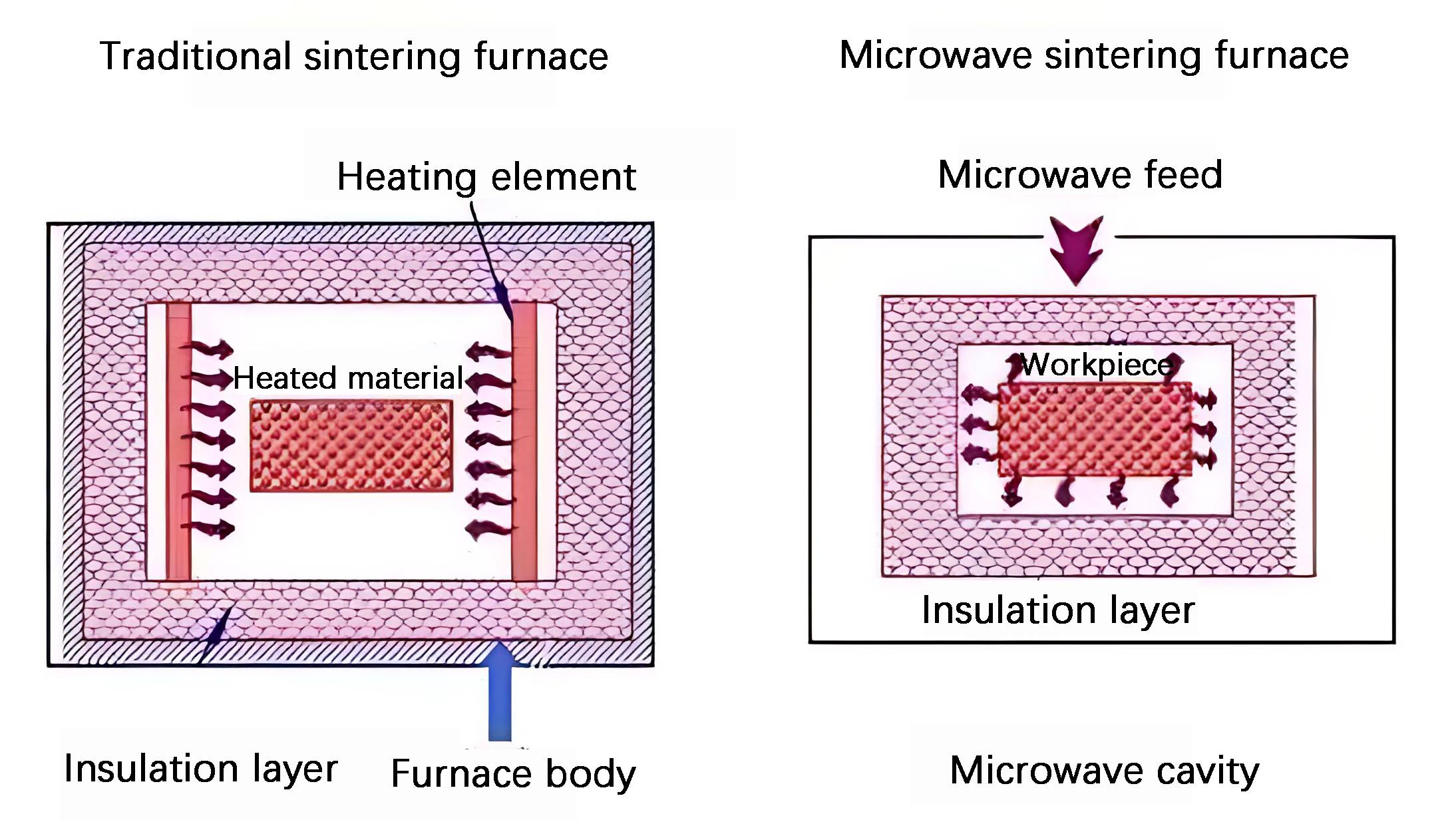
尽管存在这些缺点,微波烧结在保持生物陶瓷的细晶粒尺寸方面表现出色,使其成为生产高性能陶瓷组件的宝贵工具。该技术还扩展到包括金属粉末的烧结,这是一个令人惊讶的应用,因为块状金属通常会反射微波。然而,金属粉末在室温下能有效吸收微波,从而实现快速高效的加热,这可以用于在传统方法所需时间的一小部分内生产各种金属部件。
放电等离子烧结 (SPS)
放电等离子烧结 (SPS) 是一种尖端的烧结技术,它将直流脉冲引入工艺,从而实现快速加热速率和多场耦合。该方法在模具内利用脉冲直流 (DC) 和单轴压力,其中直流电流在粉末颗粒之间产生等离子放电。这些放电促进快速加热和烧结,通常在真空或受控气氛中进行,以防止氧化并保持材料纯度。
SPS 工艺的特点是能够精确控制温度、压力和加热速率,这对于制造具有独特微观结构和优异性能的材料至关重要。值得注意的是,SPS 在制备传统上难以烧结的材料(如功能梯度材料)方面表现出色。SPS 所固有的快速加热速率和短处理时间可降低能耗和成本,同时还能提高材料性能和制造效率。
SPS 通过使用脉冲直流电反复激励材料,在颗粒之间产生高电流放电。这种局部高温产生,加上减小的颗粒间隙,促进了表面扩散和晶界缺陷扩散,从而导致粉末颗粒界面的熔化和结合。高烧结能量允许显著缩短保温时间,高温仅限于颗粒表面,从而防止颗粒内部的晶粒生长。这种受控的晶粒尺寸对于实现高密度材料烧结和优化烧结体的微观结构至关重要。
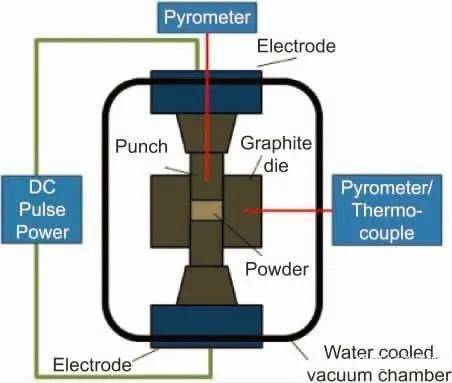
此外,SPS 将粉末成型和烧结整合到一个工艺中,无需预成型和添加剂或粘合剂。这种简化的方法不仅简化了制造过程,还有助于生产具有增强的机械、电气和热性能的陶瓷。SPS 的多功能性和效率使其成为材料科学、纳米技术和工程等各个领域中用于制造高密度、细晶粒陶瓷、金属和复合材料的首选。
闪烧 (FS)
由 Cologna 等人开创的闪烧 (FS) 技术利用电场的力量促进快速低温烧结过程。这项创新技术具有一系列独特的现象,包括热失控、电阻率突然下降以及闪烧事件的发生。这些现象共同促成了比传统方法更快且炉温更低的烧结过程。
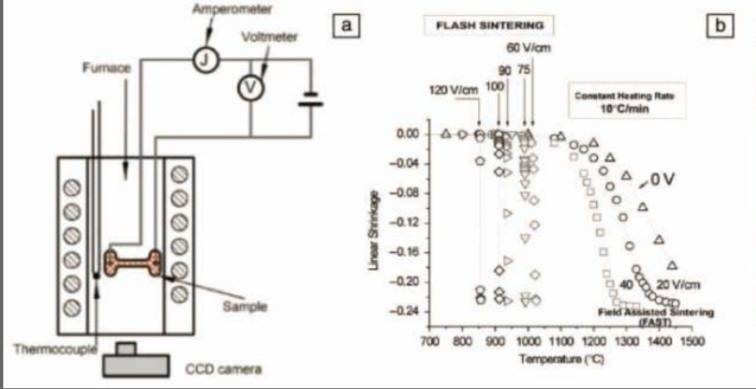
FS 中电场的应用引发了一系列加速陶瓷粉末致密化的效应。例如,热失控加速了加热过程,而电阻率的突然下降表明材料微观结构发生了快速转变。闪烧现象通过提供促进均匀快速致密的局部能量爆发,进一步提高了烧结过程的效率。
与其他依赖直流电通过焦耳加热模具和样品进行加热的快速烧结技术(如场辅助烧结技术 (FAST) 或放电等离子烧结 (SPS))相比,FS 具有独特的优势。虽然 FAST/SPS 也实现了高加热速率和短处理时间,但 FS 对电场的依赖引入了不同的动态,这对于某些材料体系可能特别有利。FS 中较低的温度和模具压力使其成为制造具有潜在非凡特性的先进陶瓷的有前途的方法。
因此,FS 作为一种多功能高效的先进陶瓷快速烧结方法脱颖而出,为以降低能耗和缩短加工时间生产高性能材料提供了途径。
冷烧结 (CS)
冷烧结 (CS) 是 Andall 研究小组提出的一项开创性创新,它采用瞬时溶剂和高压的独特组合,在 120 至 300°C 的极低温度下实现陶瓷粉末的致密化。该方法不仅显著降低了传统高温烧结工艺所需的能耗,还为生产高性能陶瓷开辟了新途径。
CS 工艺与传统烧结技术不同,后者通常需要超过 1000°C 的温度才能实现致密化。相反,CS 利用溶剂和压力的协同作用,在较低温度下促进快速颗粒重排和扩散。这种方法对于对高温敏感的材料或在高温下表现出相不稳定的材料特别有利。
此外,CS 工艺中使用的高压(范围从 350 到 500 MPa)提高了颗粒重排的效率,使陶瓷粉末能够在短时间内达到高密度。这种快速致密化过程不仅节约能源,还能生产出具有优异机械和功能性能的陶瓷。
CS 的创新之处在于其能够在远低于陶瓷材料熔点的温度下实现致密化,从而规避了与高温烧结相关的限制。这使得 CS 成为制造各种先进陶瓷(包括结构陶瓷和功能陶瓷)的理想选择,这些陶瓷需要精确控制其微观结构以实现最佳性能。
总之,冷烧结代表了陶瓷制造领域的一大进步,为传统的烧结方法提供了一种低温、高效率的替代方案。通过降低能耗和扩大可有效烧结的材料范围,CS 有潜力彻底改变各种工业应用中高性能陶瓷的生产。
振荡压力烧结 (OPS)
振荡压力烧结 (OPS) 是一种新型烧结技术,在致密化过程中采用连续的振荡压力,与传统的静态压力方法相比具有显著优势。这种创新方法不仅提高了致密化速率,还能有效抑制晶粒生长,从而制备出超高强度和高可靠性的材料。
OPS 的作用机制可以分解为几个关键因素:
-
颗粒重排和团聚消除:在烧结过程中施加的连续振荡压力通过促进颗粒重排和消除颗粒团聚,显著缩短了扩散距离。此过程在烧结早期尤其有效,此时实现高堆积密度至关重要。
-
增强的烧结驱动力:在烧结的中后期,振荡压力为粉末致密化提供了更大的驱动力。这种增加的驱动力加速了粘度流动和扩散蠕变,促进了烧结体内的晶粒旋转、晶界滑动和塑性变形。这些机制共同加速了生坯的致密化。
-
可调频率和压力:通过微调振荡压力的频率和幅度,可以增强塑性变形,进而促进烧结后期晶粒的形成和合并。这种调整有助于完全消除材料中的残余气孔,使材料密度接近理论极限。
-
抑制晶粒生长:OPS 的突出特点之一是其有效抑制晶粒生长的能力。这是通过连续施加振荡压力来实现的,该压力增强了晶界并防止了晶粒的无序生长,从而保持了材料的细微观结构。
OPS 工艺中的材料致密化主要由两种机制驱动:传统的基于扩散的机制,如晶界扩散、晶格扩散和蒸发-冷凝,以及振荡压力引入的新机制,包括颗粒重排、晶界滑动、塑性变形和气孔排放。这些组合机制使得 OPS 能够加速粉末致密化、降低烧结温度、缩短保温时间并抑制晶粒生长,最终制备出具有无与伦比强度和可靠性的陶瓷材料。
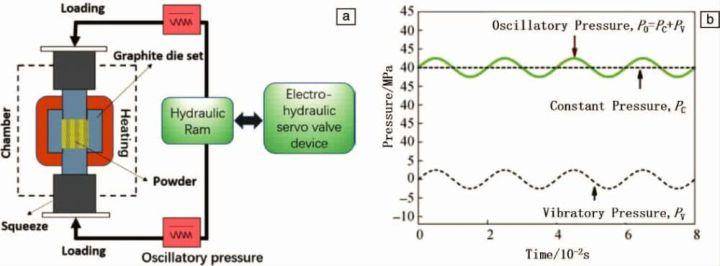
总之,OPS 代表了陶瓷烧结领域的重大进步,为在较低温度下实现快速致密化同时保持所得材料的细微观结构和高性能的挑战提供了全面的解决方案。
结论
挑战与未来展望
尽管在先进陶瓷材料的开发方面取得了重大进展,但仍有一些持续的挑战阻碍着它们的广泛应用。其中最主要的是与可靠性、致密化和材料强度相关的问题。在各种应用中实现一致可靠的性能仍然是一个重大障碍,特别是当陶瓷材料经常承受极端条件时。
该领域的未来研究旨在通过创新的方法解决这些挑战,这些方法有望显著提高陶瓷的性能。主要目标之一是实现低温快速致密化。这一目标至关重要,因为它不仅可以降低能耗,还可以最大程度地减少可能导致材料缺陷的热应力。闪烧 (FS) 和冷烧结 (CS) 等技术处于这项研究的前沿,为实现这些目标提供了有前途的方法。
此外,人们正在共同努力制备具有均匀结构和细晶粒的陶瓷。对微观结构均匀性的关注源于对细晶粒通常能带来改善的机械性能(包括更高的强度和更好的抗磨损和抗断裂性能)的认识。正在探索放电等离子烧结 (SPS) 和振荡压力烧结 (OPS) 等新兴技术来更有效地控制晶粒尺寸和分布。
此外,正在研究整合多种烧结技术,例如将自蔓延高温合成 (SHS) 与微波烧结相结合,以利用每种方法的独特优势。这种多学科方法旨在优化烧结过程,从而生产出不仅更坚固、更可靠,而且在应用方面更通用的陶瓷。
总之,陶瓷材料研究的未来在于通过结合新型烧结技术和对材料科学的深入理解来克服这些挑战。目标是创造不仅生产效率更高,而且性能更优越的陶瓷,为它们在日益严苛的环境中的应用铺平道路。

